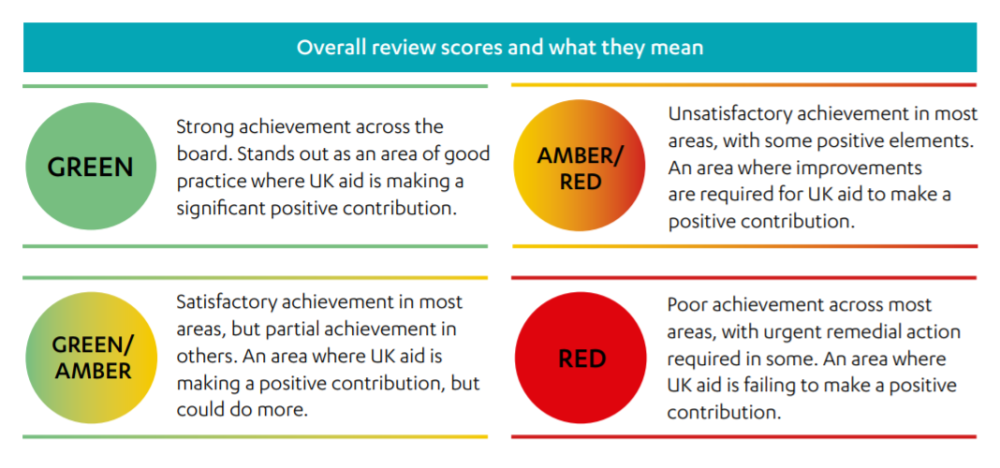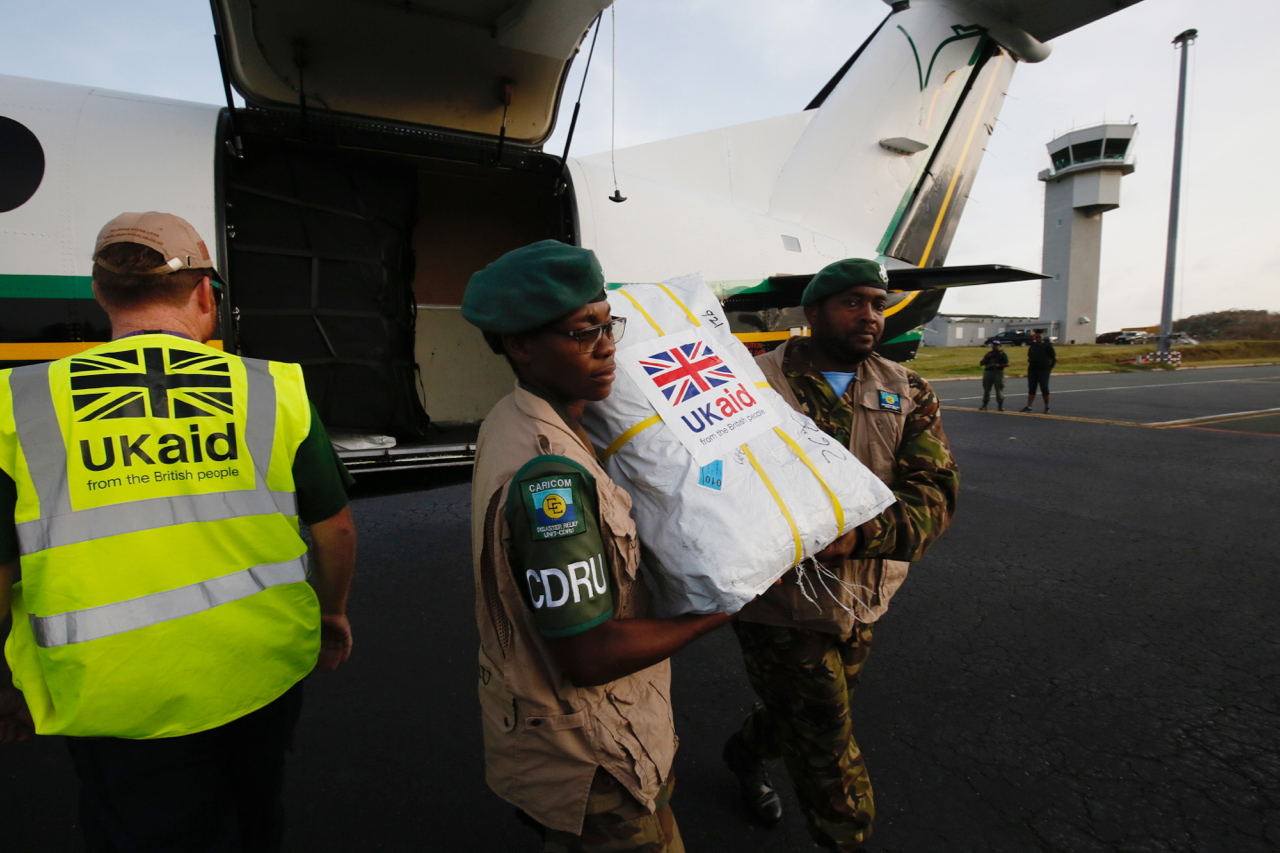Recommended

POLICY PAPERS
In our new policy paper, we take advantage of the fact that the impact of UK aid is independently assessed by the Independent Commission on Aid Impact (ICAI). Looking back over 8 years and 65 graded assessments, even with a focus on riskier projects, we find that almost 80 percent of UK aid assessed was well spent.
With a spending review on the horizon, HM Treasury will be looking closely at departmental performance and should use ICAI’s findings to shape their allocations. ICAI reviews have assessed over £28bn of aid spend, equivalent to around a third of the UK’s aid budget over the period. Several departments have scored well, but the Foreign and Commonwealth Office (FCO) stands out as a poor performer and the Department for Business, Energy, and Industrial Strategy (BEIS)’s aid portfolio has a mixed record.
Eight years of ICAI
The UK is one of few countries to have an independent body—the Independent Commission for Aid Impact (ICAI)—dedicated to scrutinizing its aid spending. ICAI is a non-departmental body reporting to Parliament, and one of only five “advisory non-departmental bodies” which are independent and focussed on evidence.
ICAI provides extra scrutiny of the aid budget as—unlike other areas of public spend—UK taxpayers do not experience its quality directly. France has announced it will be following the ICAI model as it steps up aid spending, and Sweden has a similar model. It’s clear that ICAI’s reports are a major source of information on aid impact—but so far, no one has drawn together all of its reports.
Figure 1: All graded ICAI reviews (2016 onwards) include this graphic.
Source: ICAI https://icai.independent.gov.uk/about-us/our-workplan/
ICAI has employed a grading system since it was established (the above version since 2015). We’ve analysed how much spending has been graded and how it was assessed to the end of 2018. This is not necessarily a representative sample of UK aid—ICAI understandably focusses on newer and higher risk spend—and, accordingly, we believe this analysis is somewhat pessimistic.
For most reviews, ICAI considers a particular programme and grades that programme. We’ve looked at each ICAI report, how much spend it covered, which department was responsible for each portion, and then added it up. The results were as follows:
Table 1. Summary of ICAI reviews 2011–18
| Spending | |||
|---|---|---|---|
| Overall Score | Number of Reviews | £m evaluated | % of graded spending |
| Green | 4 | 429 | 2% |
| Green/Amber | 34 | 16,895 | 77% |
| Amber/Red | 20 | 4,430 | 20% |
| Red | 1 | 109 | <1% |
| Not graded | 7 | 5,970 | |
| Total Graded | 58 | 21,862 | - |
| Total | 65 | 27,832 | - |
Source: CGD analysis of ICAI reviews
The key takeaways here are
-
ICAI’s coverage is relatively good—they have directly evaluated £28bn in spend, roughly a third of the aid budget over the period.
-
Nearly four-fifths (79 percent) of the evaluated aid is well spent.
-
The remaining fifth required improvements to achieve “a positive contribution.”
Departmental performance
ICAI has focussed most of its reviews (58 of 65) on the Department for International Development (DFID), but it has also covered a substantial portion of the other main ODA-spending departments. with ten reviews evaluating around £3.3bn of aid in FCO, BEIS/Department for Energy and Climate Change (DECC), Department of Health and Social Care(DHSC), and others including cross-cutting funds. This is around a quarter of their spend over the eight years.
Figure 2. ICAI grades for spending directly evaluated (Depts reviewed and >1% UK aid)
Note: Number of reviews refers to graded reviews where that department is the lead. No reviews of Home Office to date.
The reviews themselves provide recommendations on improving the impact of those projects, but looking across them we can conclude:
-
Departments outside DFID do spend well—Department for Environment Food and Rural Affairs, DECC (now part of BEIS), and DHSC all received amber/green in their spend (albeit each as part of DFID-led programmes).
-
Just a fifth of FCO’s spend evaluated was amber/green. The above chart shows this is only one part of the aid FCO spends, but ungraded reviews were not flattering either—making it seem clear that FCO is not spending aid well.
-
The Home Office, which mostly spends on asylum seekers and refugee resettlement, has not had a graded review.
-
BEIS, the third-largest spender of aid, scored well on the International Climate Fund (including in 2019, which was not included in our analysis), now BEIS’s largest programme. The Global Challenges Research Fund, which equals around 40 percent of BEIS’s spend, was ungraded but ICAI voiced serious concerns.
Value for Money in the spending review
Of course, ICAI’s methodology is not perfect (we’ll be saying more on ICAI in the coming months in response to their consultation), but this analysis should give us substantial confidence that at least 80 percent of aid is well-spent. With a spending review on the horizon, HM Treasury will be looking hard at departmental proposals and performance for further aid spend. With compelling ways to spend aid on alleviating suffering and saving lives, it will surely be hard for the FCO and its underperforming programmes to see their aid allocation maintained.
Disclaimer
CGD blog posts reflect the views of the authors, drawing on prior research and experience in their areas of expertise. CGD is a nonpartisan, independent organization and does not take institutional positions.






